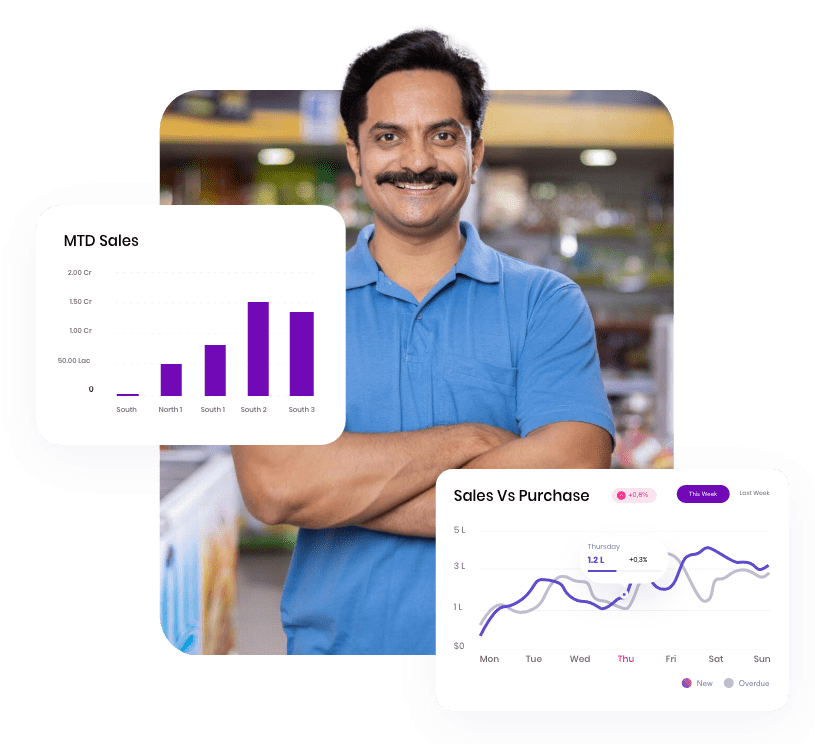
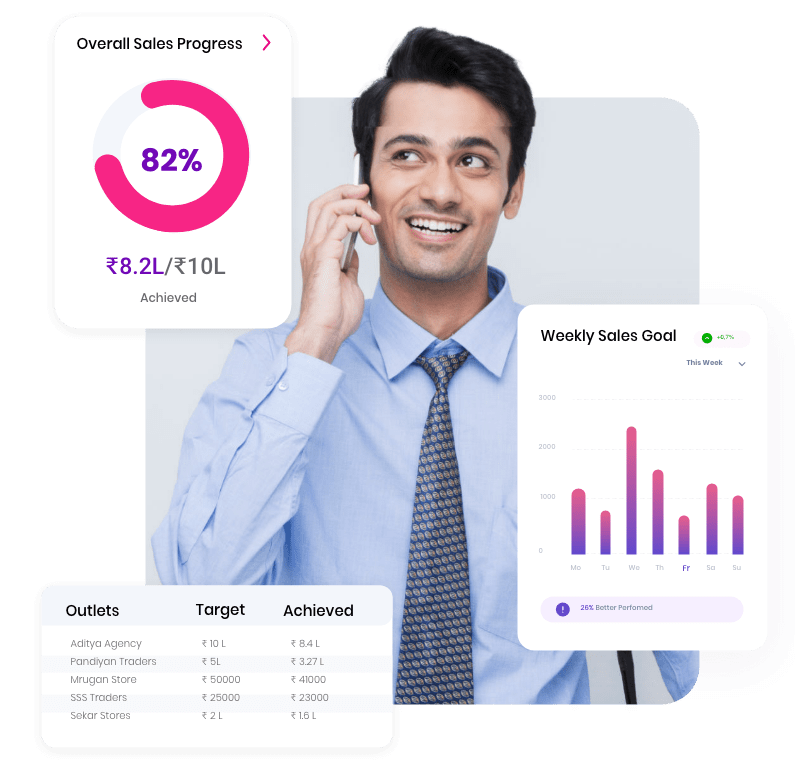

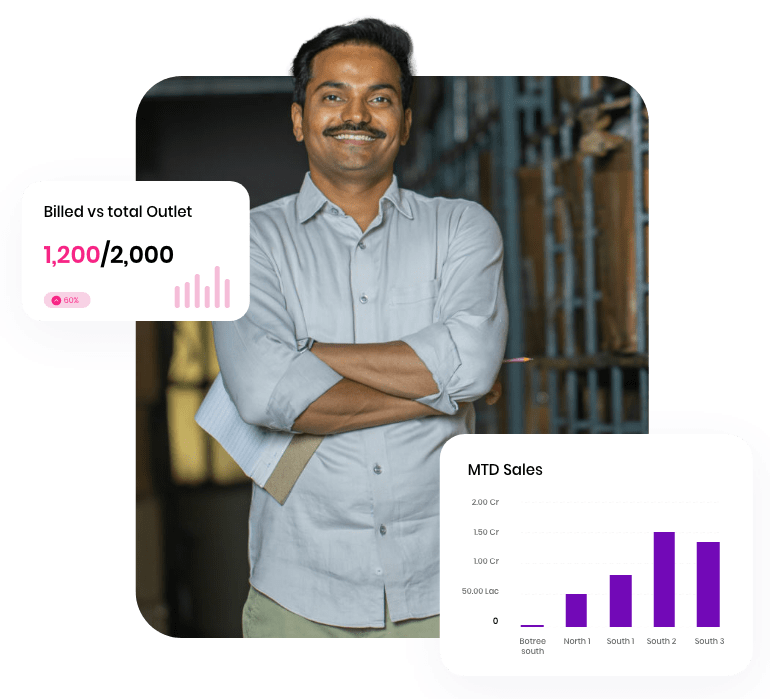
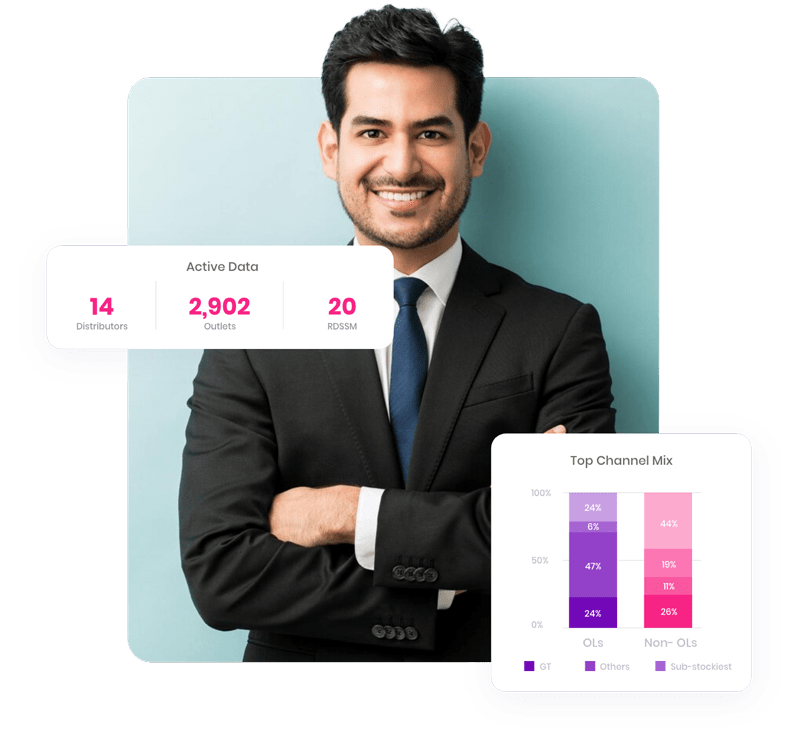
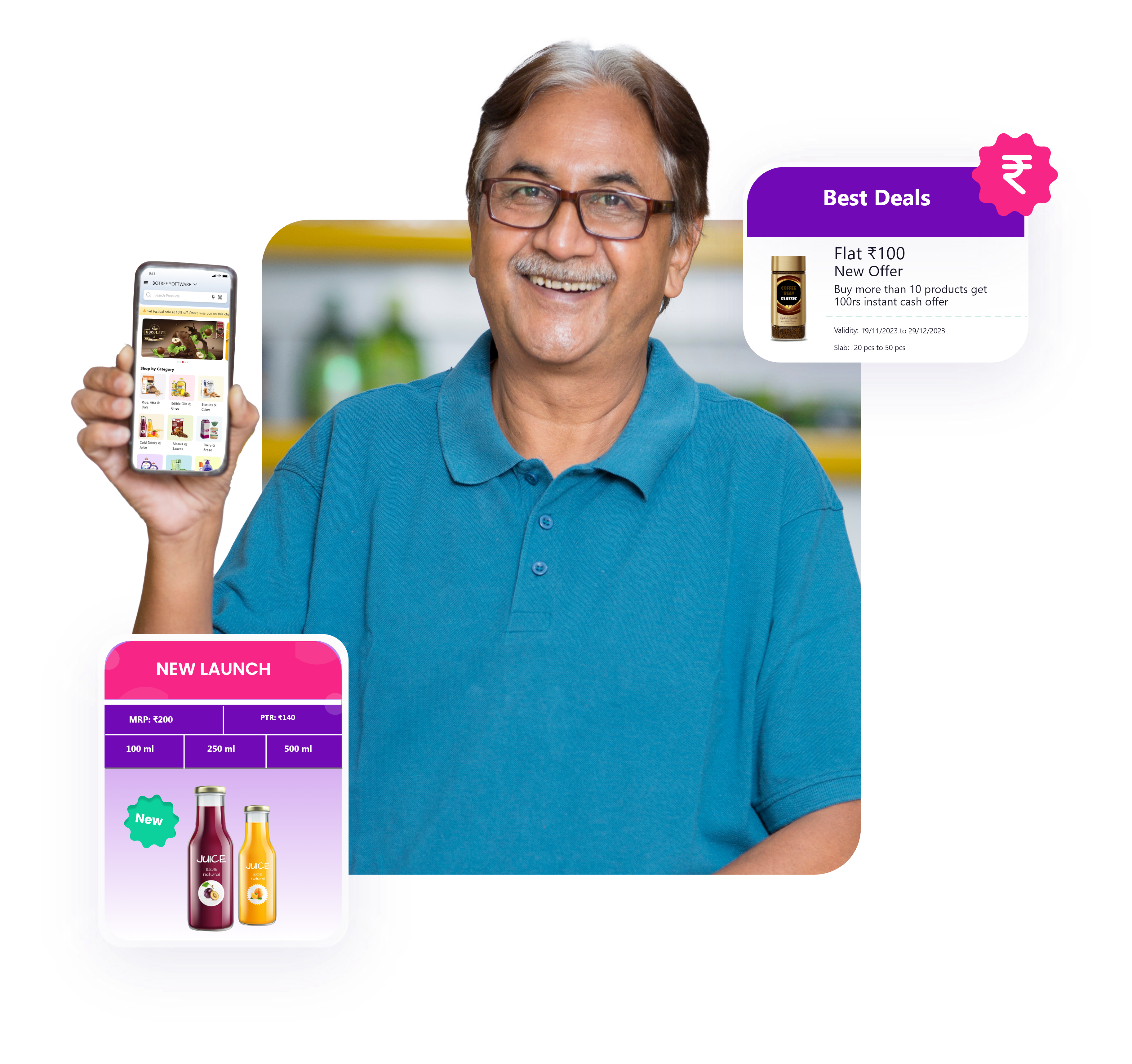






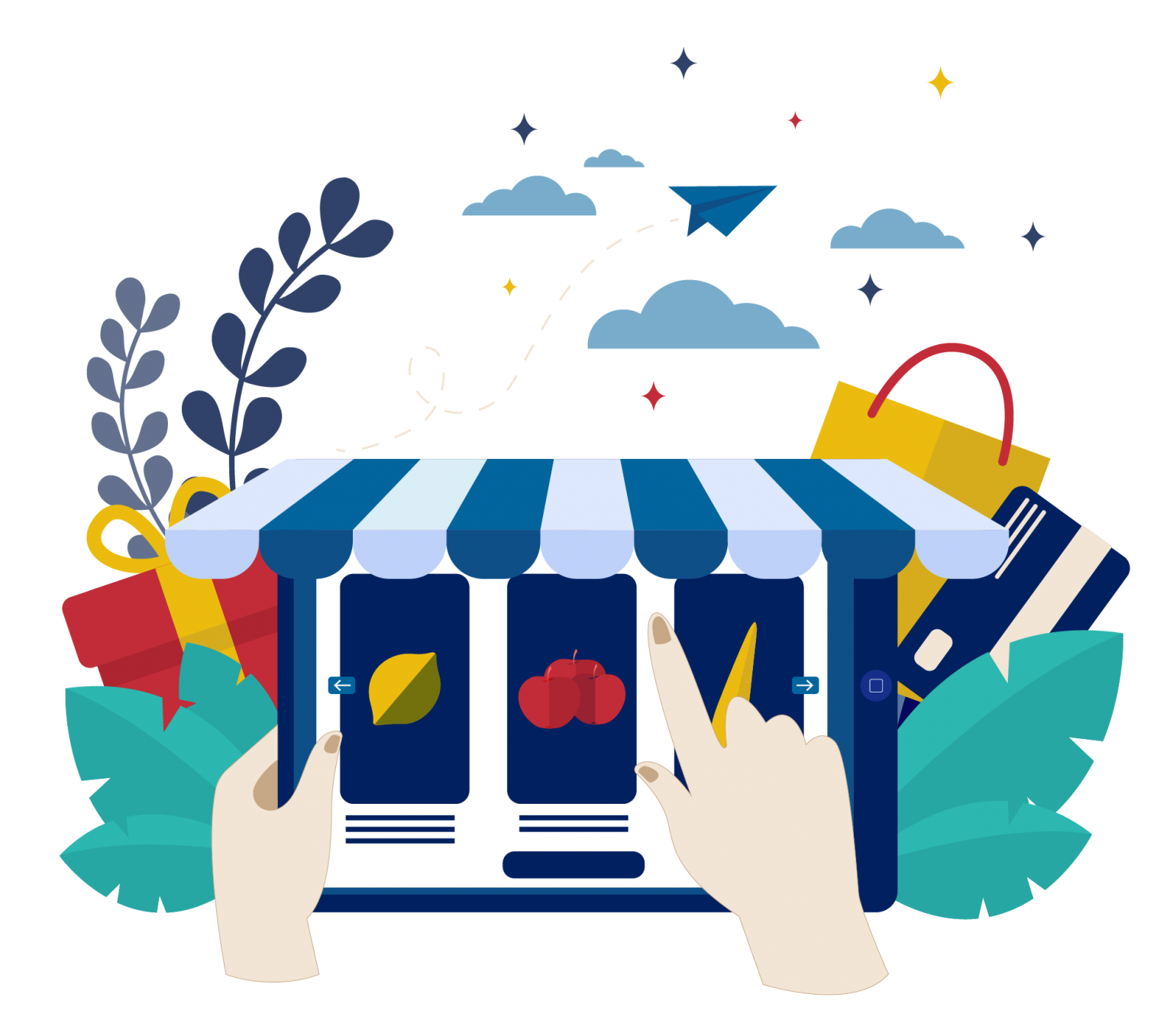
Grocery and FMCG stores stock thousands of SKUs and unpackaged goods and are constantly looking for ways to improve profit margins. They are always trying to find better ways to bring in more customers, drive revenue growth and improve profits. While modern trade chains can leverage bulk orders to rationalize costs, smaller stores can keep profits higher by rationalizing SKUs. Independent Retail Stores cannot buy in bulk to compete with modern trade stores.
With such challenges, independent stores need to get creative and leverage technologies and innovative strategies to boost profits. Shoppers tend to take advantage of a trip to the grocery store as an opportunity to stock up on everything they will need for the next week or longer. The first Covid-19 wave saw a typical supermarket’s revenue shooting upto 50% while the subsequent waves resulted in smaller increases. While shoppers are in your store, there are some best practices you can follow that will encourage them to buy more.
The customers flock to stores where they believe that they will find everything they want. It is essential for retail stores to choose the right product and assortment to stock their shelves. Knowing what’s selling and how fast it’s selling, and who’s buying them is important to ensure the retail store is profitable. Large modern trade chains pay a lot of attention to finding the right product assortment localised to the particular store. This ensures that the customers get the products of their choice at a single place.
Sourcing the right product from the right distributors/channels can hold the key to store profits. Effective sourcing enables the store to price the products at competitive rates, drawing more customers to the store.
In addition to the traditional channels of sourcing through distributors, new channels are also emerging and gaining popularity across the markets. Retailers should look at factors like pricing, delivery timelines, additional trade discounts, expiry etc.
Increasingly brands are now setting up additional brand sponsored shopper promotions at stores to assist the small stores in keeping competitive pricing at their stores. This can be available at the stock sourced through company’s authorised channels.
Ordering replenishments to keep refreshing the store shelves is also important and the right technology can help stores keep track of what they are selling and how fast these products are selling. Automatic replenishment and inventory management tools can help retail stores reorder and restock shelves when inventory is running low.
Retail analytics and insights that keep track of inventory, track what product is selling not just in the store but in the locality, customer buying preferences and favorite products, and alert store owners to promotions and schemes to ensure that the store is the customer’s favoured destination. Botree’s suite of in-store apps and the RSMarket(i) Platform and solutions can help retail stores ensure that they never run out of the best-selling products.
It helps create an engaging store journey for shoppers. Product placement, store layout, staff’s behavior and experience at checkout, and overall shopper experience can all contribute to a pleasant shopper experience and ensure that the customer returns to the store. Placing the best offers at the beginning of the customers’ journey, placing the products that are bought together, nearby, and adding the right visual cues like shelf talkers, highlighting new products, etc. can all help enhance the customers’ in-store experience. A few other points to keep in mind would be to ensure that the stores are easy to navigate and that customers can find the products that they are looking for easily.
Another factor that can help a store sell more is to create the right environment with the right mix of lighting, branding, and music. Place the best offers at the entrance of your store to excite shoppers at the beginning of their shopping journey and make them in the mood to buy. Pay attention to the visual representation of your products. Make sure the store shelves are full and well-stocked, the tables are cleverly placed, and the aisles are clear and easy to navigate. Play soothing background music for customers to listen to while reading (in fact, fast-paced background music has been scientifically proven to increase retail sales in supermarkets).
Price optimization combines analytics software with large amounts of data collected from in-store systems such as point-of-sale systems and merchandise inventory systems. Such software could analyze the movement of products across categories to show how sales of one product affect sales of another product. Pricing for such products can then be recommended to further encourage repeat purchases. Insights like this can help store managers better mix items for weekly sales, optimize the shelf displays and in-store advertising, and increase sales for all these items.
Intelligent store displays with strategic product placement can help retail stores to encourage customers to buy more. Pair complementary products that go well together (Jam with bread, Pasta’s with tomato sauces and olive oils, etc) or cheaper products with more expensive items make it more likely that customer buy them together. Curated displays that pair products or offer products with higher margins instead of a lower priced one, attractive store displays, offers and shelf talker can help retail store cross sell and up-sell to customers.
Most customers go to a retail store with a defined shopping list. The store layout should make it easy for customers to not only find what they are looking for but also make impulse purchases. AI/ML based data analysis and insights based on the store’s historical shopping data but also from other stores in the RS Store network can help retail stores to ensure that they have the right inventory and displayed in the right places. Other things like providing larger shopping carts, handing out shopping baskets, stocking impulse purchases near the checkout lanes, and giving out product testers to shoppers can help stores to sell more to customers.
Botree’s RS marketing insights and intelligence platform helps retail stores gain meaningful data from a network of retail stores that connects retail stores, distributors, and brands. The network provides the store access to information and insights from over 6000+ stores to ensure that they are always stocked with the right assortment of products to deliver the most profit.
Creating a store brand or a private label is one of the best strategies for independent retail and grocery stores and can result in better margins. While creating a store brand or private label isn’t easy, with the right products and sourcing grocery stores can ensure retail stores to generate more revenue through products that are generally sold loose. Regular and repeat customers are more likely to buy store-branded or private-label products as they are used to shopping at the store regularly. The store can encourage customers to buy private labels through higher rewards on loyalty programs or data analytics can help stores decide where a store needs to invest and uncover customer demand and shopping patterns and untapped customer demand.
A grocery store is one of the most essential features that every neighbourhood needs. Most retail stores serve neighbourhoods in close proximity, and this means that there is enormous potential to create new customers into repeat customers.
A store loyalty program that offers the best deals and offers can ensure that customers keep coming back. Offers and deals based on bill value can also encourage customers to keep coming back. Some of the other ways that retail stores can ensure that new customers can become repeat customers, are free home delivery, stock products that customers in a particular neighbourhood’s are shopping for, regular offers and updates on daily deals and offers, leverage WhatsApp status updates and catalogue features for advertising and to open virtual store front.
Botree Software’s Sales optimisation solutions can help retailers through smart assortment, real time promotions and schemes, competition and analytics.
Botree Software offers a full suite of “Warehouse to Consumer” solutions can help brands and retail stores acquire new customers and turn them into repeat customers in the long term.